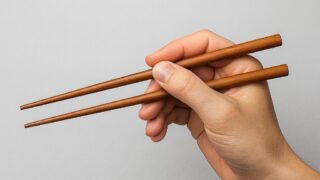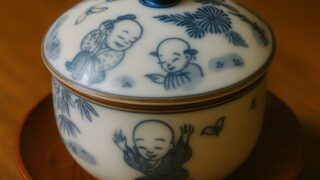 Objects
Objects The Houki That Keeps a Quiet Threshold
A room houki gathers the night’s fine dust along the weave of tatami. Two long finishing strokes draw a narrow seam into the pan, and a breath of stillness holds the threshold.
Objects are tangible forms for daily use: tools, furnishings, containers, and simple partitions built from wood, paper, clay, fabric, or metal. We describe their build and use—joinery and weave, lacquer and grain, the trace of hand, the upkeep that keeps form sound—so that materials and time explain why a hashioki keeps chopstick tips clear between pauses, a noren slows view and air between rooms, and a zabuton holds a seat and spreads weight for long sitting; parts are named plainly and handling is shown from grip to storage. Our interest is fit and duration rather than collecting; entries stay brief and practical, recording care and repair so a well-kept object keeps working and shapes ordinary places quietly over years.
 Objects
Objects  Objects
Objects  Objects
Objects  Objects
Objects  Objects
Objects  Objects
Objects  Objects
Objects  Objects
Objects  Objects
Objects  Objects
Objects